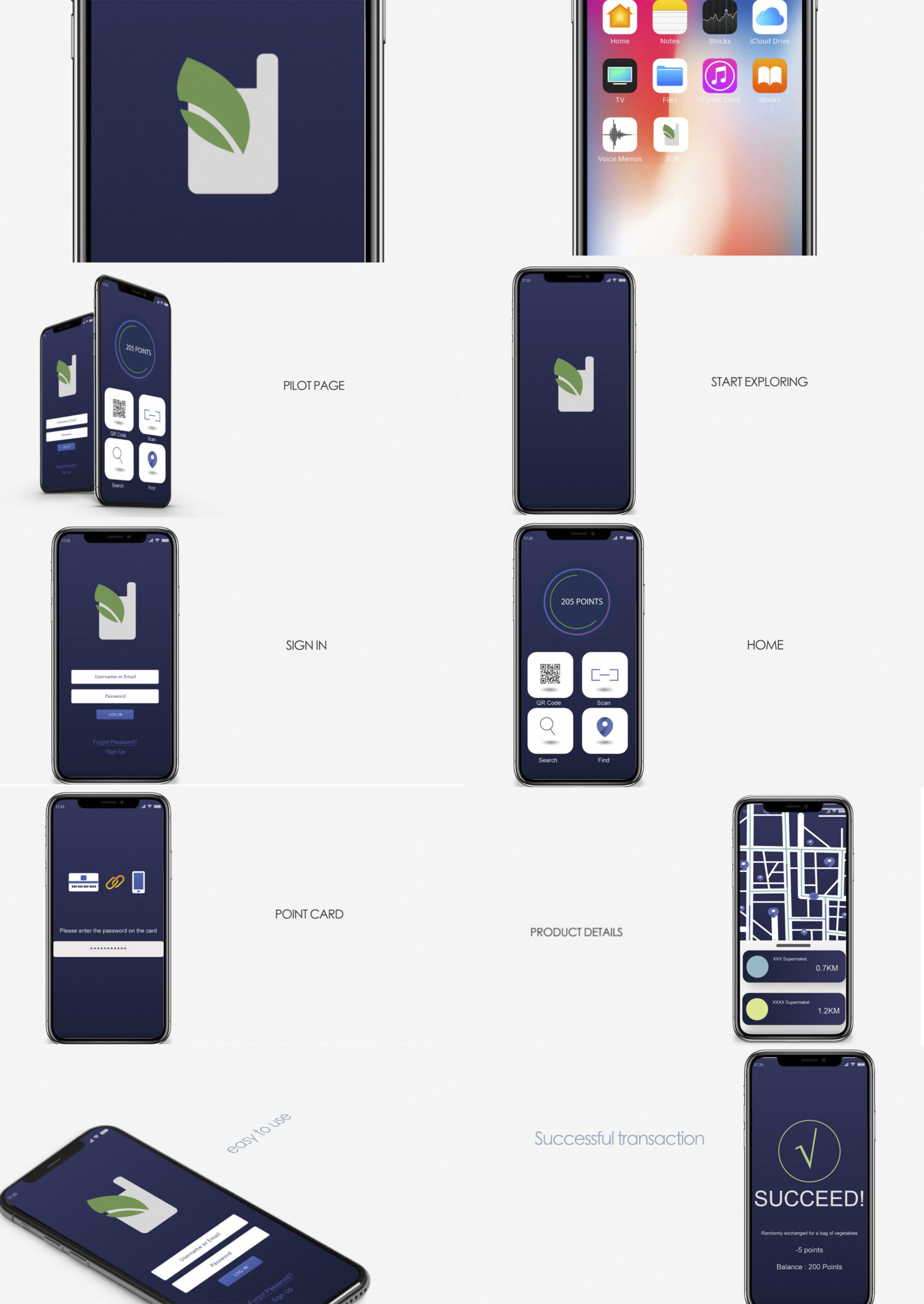Conscious Consumption:
In the fourth project,I want to deal with the food that is about to expire in the supermarket, to reduce the waste of resources.
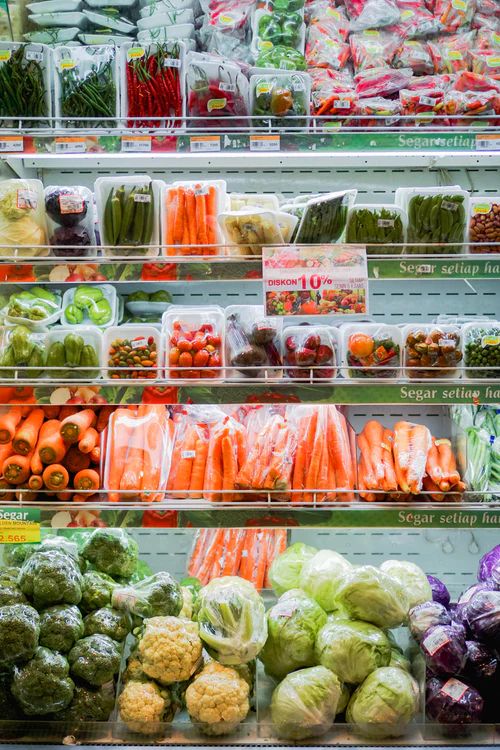
Inspiration
A month ago, I saw a blogger filming a documentary about the large amount of waste in French supermarkets. The video shows that every night, the supermarket throws away a large amount of food. These foods are completely edible. It may be because the packaging is damaged or cannot be sold the next day according to regulations. There are also many people waiting next to the trash can in the supermarket every night to take away the food discarded by the supermarket. This video gave me inspiration. Before, I had never paid attention to the food waste in supermarkets. Therefore, I decided to design a project to understand and solve this problem.
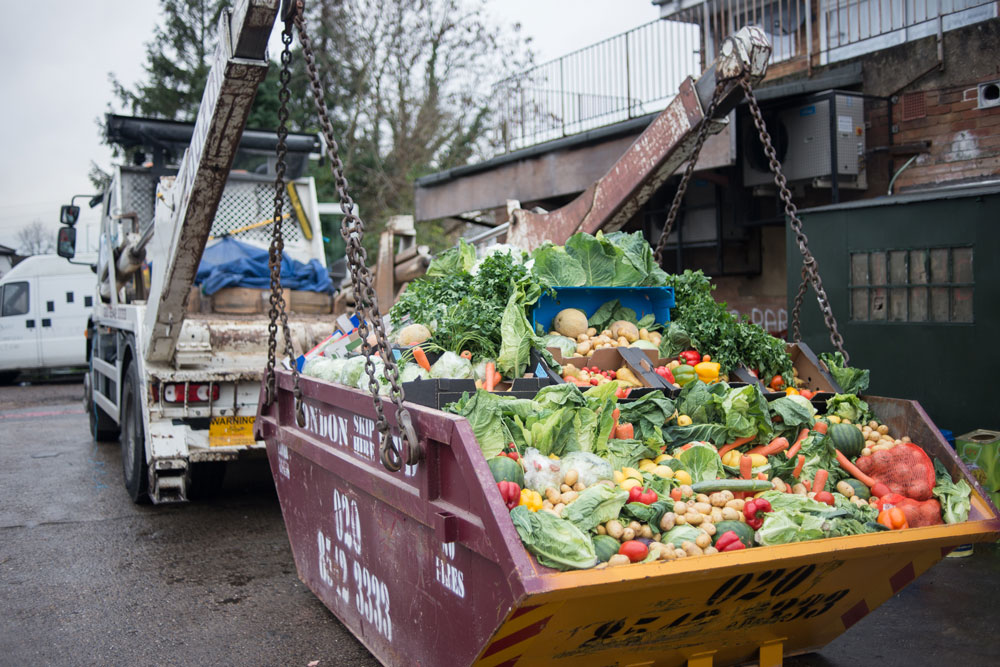
Mind map:

This is my mind map. In the mind map, the key information I extracted is that many large supermarket chains need to throw away a large amount of immediately expired food every day. My initial idea is to use these foods in a special form. Give free to people who have difficulties in life and people who cannot afford food, so as to avoid waste of resources.
Primary research:
(1) Food waste in supermarkets
Here is a detailed description of food waste:

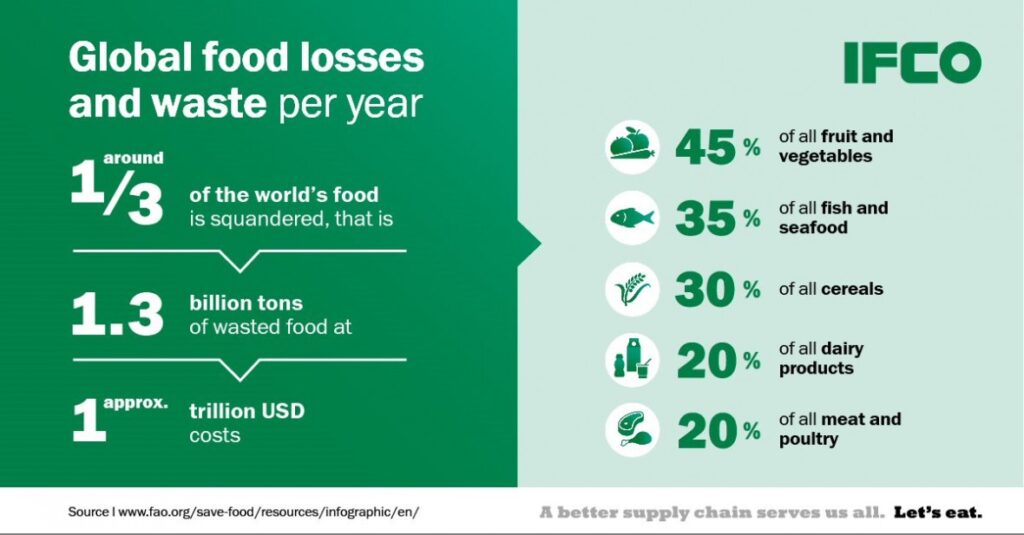
In the evening, fruits and vegetables in many supermarkets are sold at a discount, and a large amount of fruits and vegetables cannot be sold before the supermarket closes and are directly discarded. There are many reasons for these foods to be discarded, some are because the best eating time has passed, and some are because the food packaging bags are partially damaged. Supermarkets are unwilling to bear the legal risks caused by selling expired and damaged food, so they choose to throw away these foods directly. This is a serious waste of food.
Status of food waste:
Here is a video that describes more about the Food waste and why should you care:
The world’s food waste problem:
This video introduces how much food is wasted in supermarkets:
This video is the one I am most interested in. In our daily life, we often forget a lot of food that is wasted in the supermarket. The food on the shelves is strictly screened by the supermarket, and there will be a lot of waste in the process. And before the supermarket closes every day, a lot of food will be thrown away by the supermarket to ensure the freshness of the food.
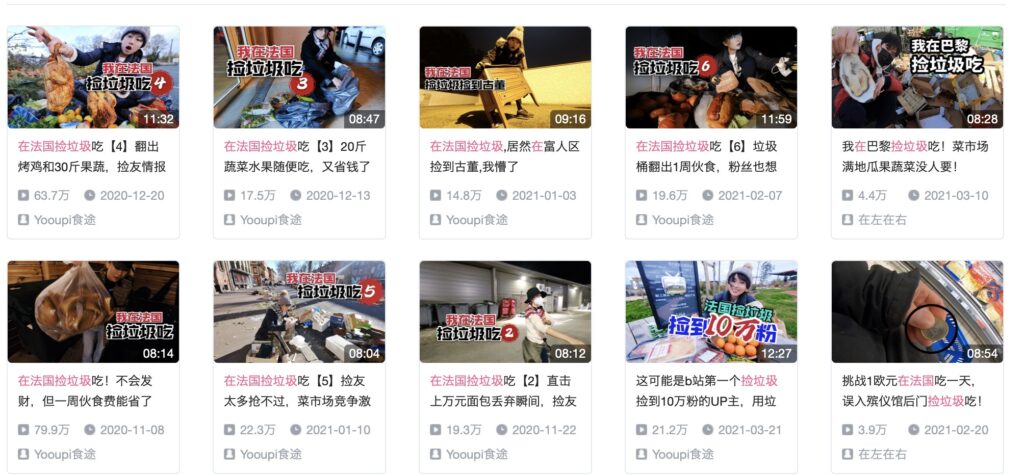
This is a blogger , I have been following recently. She recently made a lot of videos about her picking up food in the trash bin in front of the supermarket.

(2) Glass bottles recycled problems
Domestic waste glass (known as cullet) is easy to recycle. The UK currently recycles around 71% of container glass, like bottles and jars. The glass sector is working towards a 90% collection rate for glass by 2030.
Glass can be collected in bottle banks or as part of your collection. However, there is still more we can all do, such as remembering to recycle our clear glass jars which are often forgotten.
The UK business sector still has a lot of work to do to recycle glass – bars, restaurants and pubs currently throw away over 129,000 tonnes of glass every year into landfill.
I think that’s a shame because almost all of this could be made into new glass products – and re-melting back to glass (closed-loop recycling) is usually the best environmental option.
Glass can be melted down to make new glass products over and over again – it is 100% and endlessly recyclable. In fact, it’s the perfect circular economy material. And making new glass from recycled glass reduces CO2 emissions and energy use.

(3) Plastics recycled problems
At present just 43% of the 13bn plastic bottles sold each year in the UK are recycled, and 700,000 become litter each day. Pressure is growing on the government, retailers and consumers to increase rates of plastic bottle recycling and so reduce marine pollution.

Research method
Research method

Interview
Interview questions were designed to cover three major subject areas: general knowledge on the magnitude of food waste generation in the UK; current and future approaches to food waste management in a specific supermarket; and the role of corporate policies, suppliers, staff and consumers.
The summary of the interview is as follows:

T1: ‘For us, it’s huge. As a single store, the value of food waste is hundreds pounds a week. For Tesco as a company it is a multi-million pounds loss’
T2: ‘We have got separate things for different areas, so, for example, wasted raw meat, this has to be separated from other food waste due to its nature and it is all recycled in pet food. All our waste meat is actually recycled; we have nothing going to landfill from waste meat. They can be either destroyed or used for energy recovery, but that doesn’t depend on us. We also have bakery that we recycle and it is converted to animal feed. Cooking oil and fat is treated and blended and used as biodiesel for our lorries’
According to the description of the supermarket manager, there is indeed a lot of food waste in the supermarket. Among the food wasted in supermarkets, part of the food is directly recycled and reused by the supermarket, such as meat, but there are also categories such as vegetables and fruits that the supermarket cannot directly recycle and can only be directly discarded.
C1: ‘For us, is not a big problem. But it can be at times… you know, as long as you follow the processes of the store, usually food waste is not a big problem. Because we have automatic ordering, we can change the orders when we need to, and we also have a budget for waste disposal. Basically, there is the amount that we can throw away that we can afford’
C2: ‘We do donate food sometimes but not on regular basis. It really depends on where the store is and what is near. It’s not regular, we don’t have any corporate policies about that, not that I am aware of. It’s just on a voluntary basis’
A1: We do have food waste policies, I mean set structures of reduction for certain food products, at certain hours and certain times of the day. People come at night and might find something for just 10p and buy it!’
A2: ‘Customers shopping definitely [is a barrier]. When customers do not buy a product if it’s not that satisfactory quality or lookwise. Yes, lack of awareness is certainly one of the main problems I think. For example, if bananas are not perfectly ripe and yellow, if they have some brown spots customers, don’t buy them even if they’re safe to eat’
At a managerial discretion, surplus food can also be given to staff; however, some supermarkets’ corporate policies prescribe managers against this approach to food waste mitigation. Giving food to staff can discourage them from selling food in the hope it could be taken home. This is also due to staff health and safety considerations.
Based on the descriptions of supermarket employees, we can understand that according to their observations, food that does not look good is not liked by customers and tends to be unsalable.
PACT
People:
- Low-income group
- Don’t mind eating food that is about to expire (not good-looking, damaged)
Activities:
- Collect recyclable packaging boxes, wine bottles, beverage bottles, etc., in exchange for food that is about to expire
- Points system: exquisite packaging boxes or wine bottles can be exchanged for more points, and ordinary wine bottles and plastic bottles can be exchanged for lower points. You can exchange points for food that is about to expire in the supermarket, reducing waste in the supermarket, and conducive to the recycling of recyclable garbage in the supermarket
Context:
- From the perspective of people who need help, they can exchange the recyclable bottles and packaging boxes they usually collect for food that the supermarket does not need, which can solve their food and clothing problems.
- From the perspective of the supermarket, reduce food waste in the supermarket and make a low-cost publicity for the supermarket. The recycling of recyclable garbage will help reduce the operating cost of the supermarket and contribute to public welfare.
- From the perspective of ordinary consumers: they will not feel unfair and will still buy goods at the original price in the supermarket
Technologies:
QR code scanning. Map GPS. Intelligent recyclable garbage machine.
Persona:
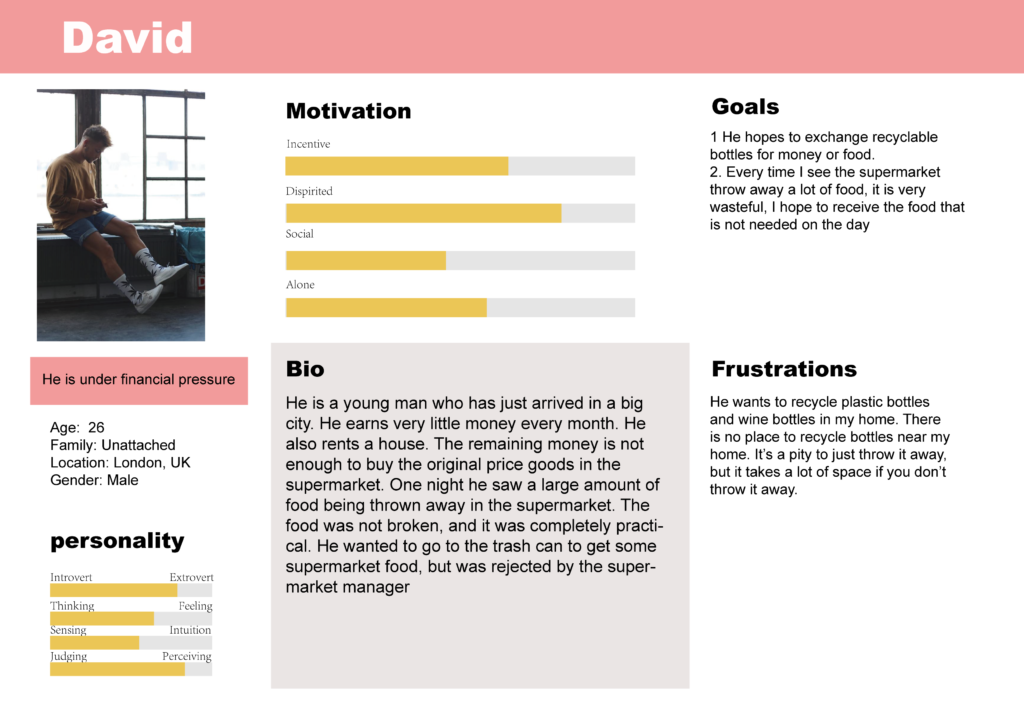
Outcomes
Logo design
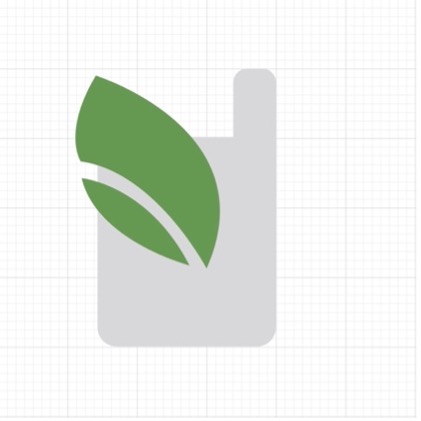
This is the LOGO I designed for this project. This logo contains two design elements: leaves and bags. The green leaves symbolize environmental protection, low-carbon life and freshness. The bag represents the five-point plan of this project, and five points are exchanged for a bag of food.
The logo design represents the core of the project. It is hoped that people can minimize food waste, care for the environment, reduce waste, and lead a more environmentally friendly and green life.
APP design
Based on the above research, I made an APP. On the APP, the supermarket publishes information about the food that is about to be discarded 3 hours before closing at night. After receiving the information, people in need can exchange plastic and glass bottles for the food discarded by the supermarket (edible).Through the APP channel, people who need these foods can quickly obtain information, and a channel for information transmission is established between the supermarket and the food demand side. This channel is online and timely. People don’t need to go to the supermarket to inquire, saving the cost of obtaining information. Supermarkets directly publish online information, which makes the transmission of information more direct and rapid, and also saves labor costs, which meets the requirements of reducing human-to-human contact in the epidemic era. This is not only a charity cause, but also a way for supermarkets to promote their own brands.

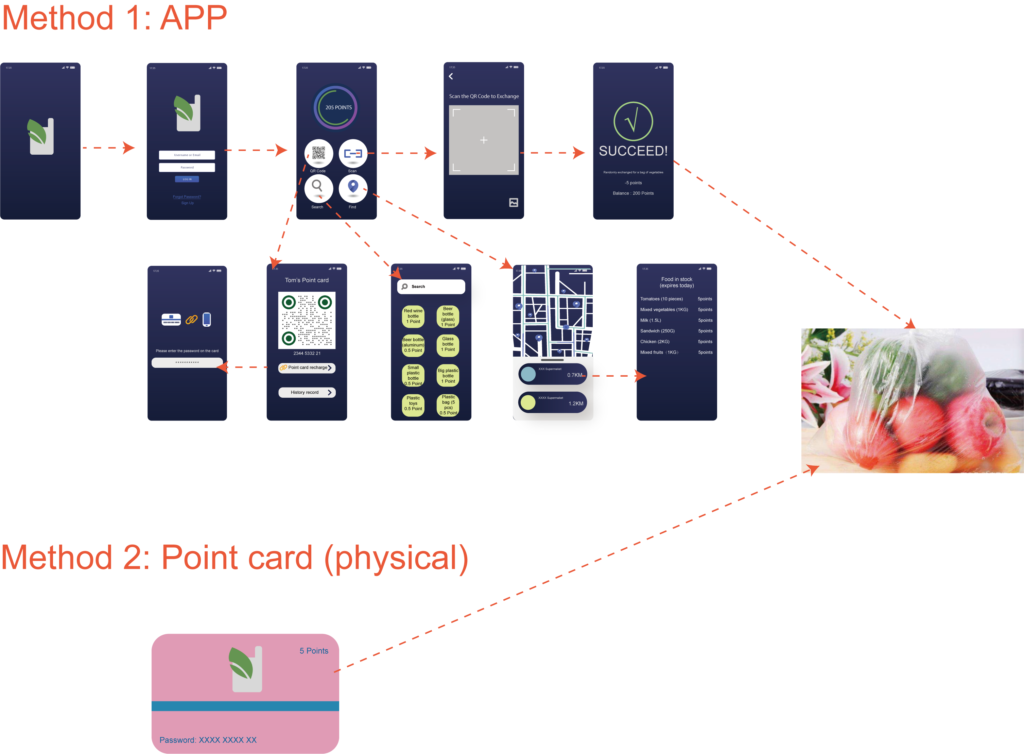

In my design, there are two ways to exchange food. The first is to use the app I designed to register an account, and then you can clearly see the existing points in your account in the main interface. In the search interface, you can view the recyclable items and their corresponding points. Users can bring recyclable garbage to the designated recycling area of the supermarket to redeem points. The redeemed points can be redeemed for physical points cards, or they can be tied to your own electronic account. In the map interface, users can find nearby supermarkets and check the food information that can be redeemed in the supermarket you want to go to.
Second, considering that the user group will be mainly low-income groups, and some low-income groups may not be able to use smartphones. These people can also take glass bottles or plastic bottles to the designated recycling area of the supermarket for recycling, in exchange for points and exchange them for physical points cards, and then use the physical cards for food for the day.
Prototype Test(Final Test)
